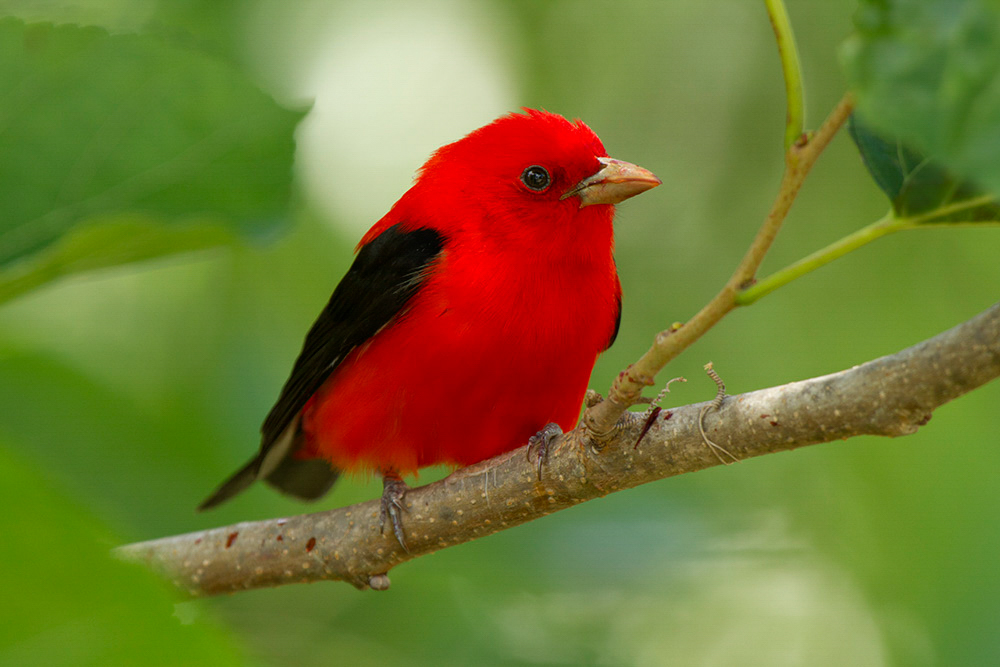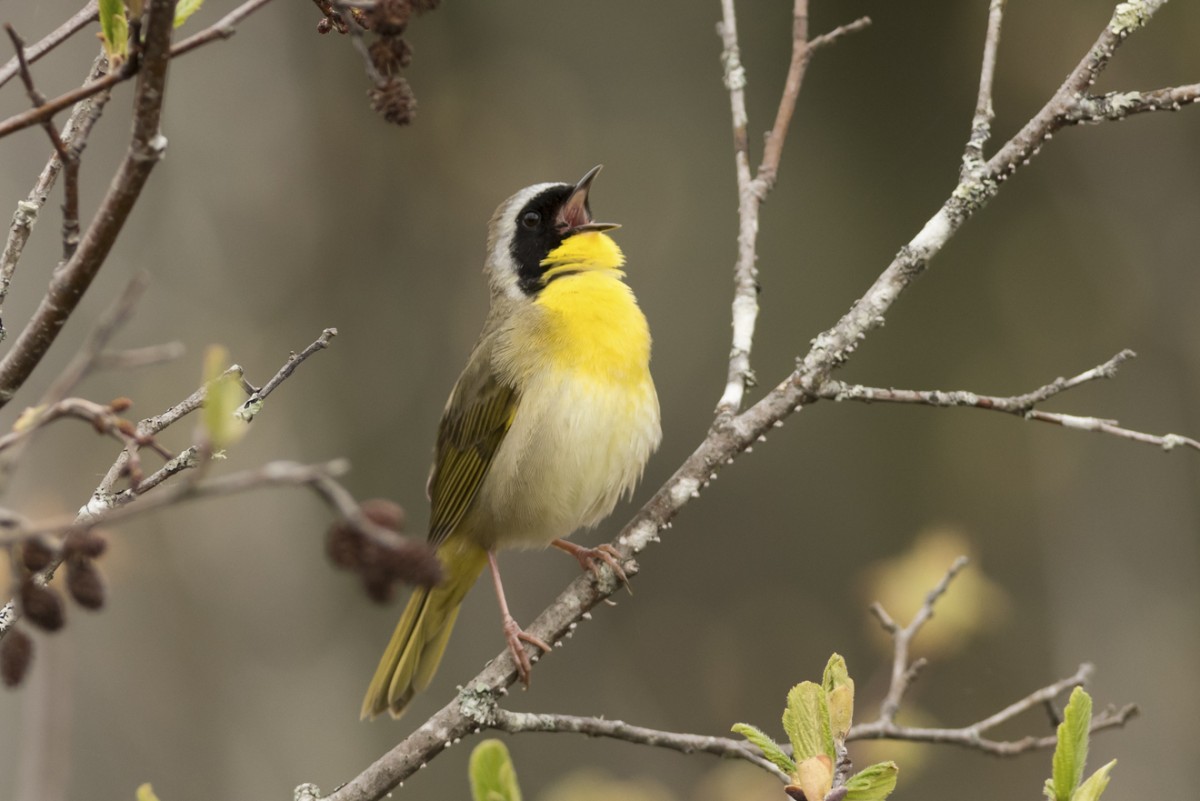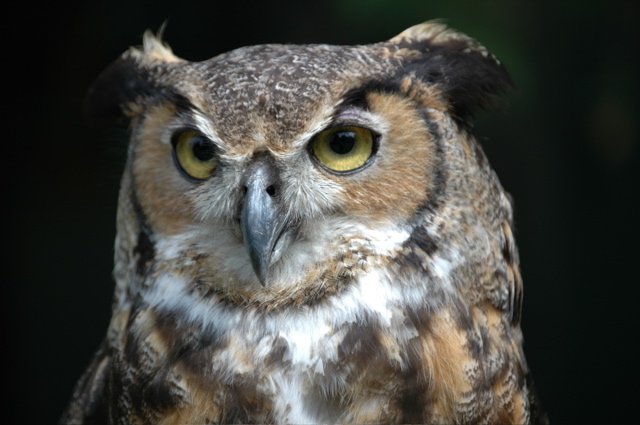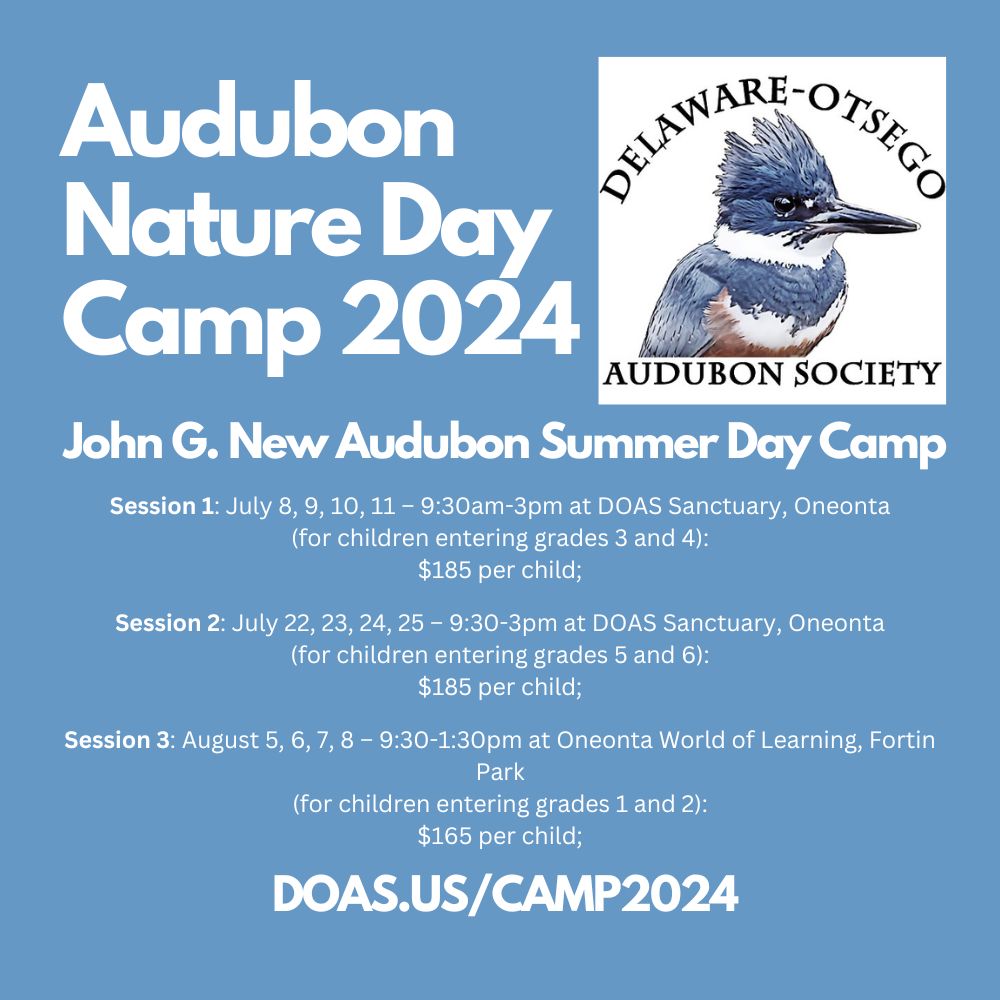Many hunters are surprised to learn that the common lead core bullets they use may poison eagles and other scavengers. Also, they are often unaware of the human health risk from lead in wild game meat. The highest human risk is to children, but lead is bad for everyone. Any hunter who wants to conserve raptors and protect their family’s health can do one simple thing: choose lead-free ammunition for use in the field.

Image from huntingwithnonlead.org
The most significant issue affecting lead exposure risk is bullet fragmentation. Lead is soft and fragile. Most non-lead bullets are made of solid copper, or copper alloys. They were designed to expand well while retaining close to 100% of their mass. The non-toxic nature of these projectiles was an unintentional fringe benefit. They are in effect, a better mousetrap.
230,000 “gut piles” from deer killed in New York each year create a feast for scavengers. 84% of those deer are killed with firearms. A deer hunter doing everything right puts a bullet through the vital organs. These internal organs are removed and left in the field. With a perfect shot, most bullet fragments will end up in those entrails left behind for scavengers.
Watching an eagle dying of lead poisoning is a heart breaking sight. However, it does not take a lethal dose of lead to kill an eagle. Raptors rely on their speed, their vision, and their ability to focus attention to hunt and survive. They need to be sharp. A sick bird may starve to death, or die from hypothermia.
Over 500 peer reviewed scientific papers have established a clear connection between lead ammunition and lead exposure in humans and wildlife. When 570 of these papers were examined by a team of researchers, they were consistent. more than 99% of them raised concerns over use of lead-based ammunition.
If you choose to switch to non-lead ammunition, be prepared to pay more. Non-lead cartridges have been considered “premium” ammo since they came on the market. They are priced like similar quality products. Costs are coming down as demand increases. A box of 20 rounds might cost an extra $10 or $15 but it lasts 3 or 4 deer seasons. Big-box discount retailers rarely carry premium ammunition. Some of the best ammunition sources are well-stocked, privately owned gun shops.
Informed hunters continue the tradition of the conservationist-hunter by choosing non-lead bullets and slugs for use in the field. For more information please visit huntingwithnonlead.org.
If you would like to help with disseminating information or setting up an exhibit, please click here: Create Your Own Non-Lead Ammunition Display








